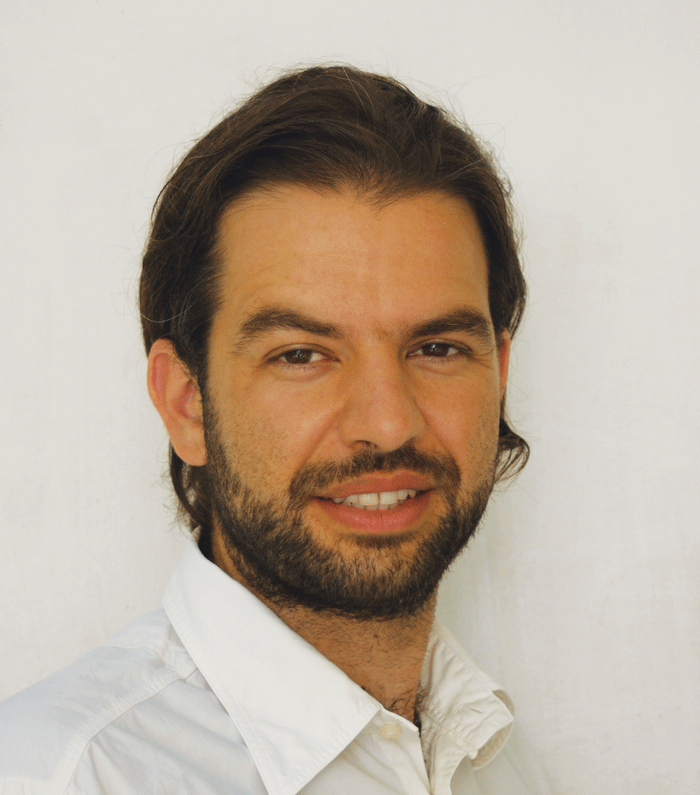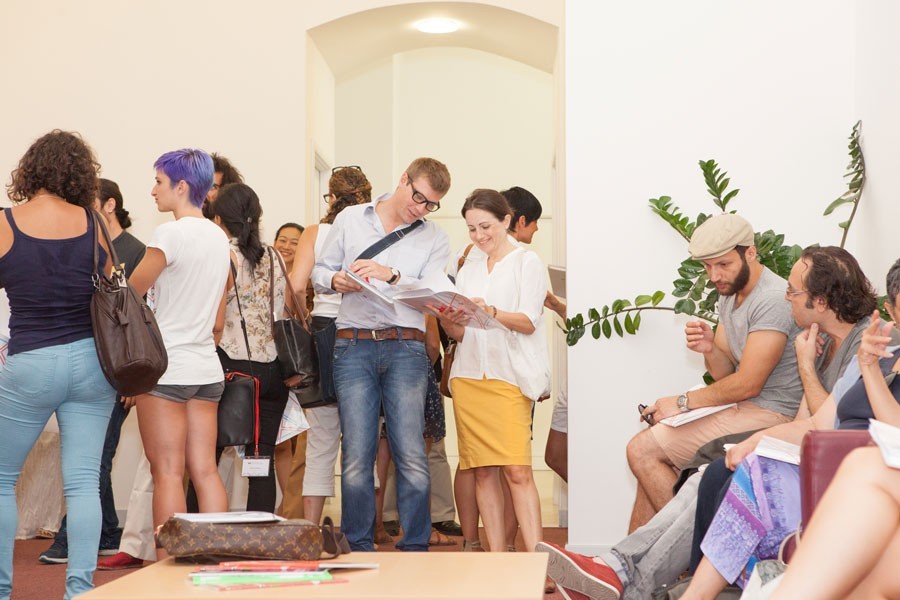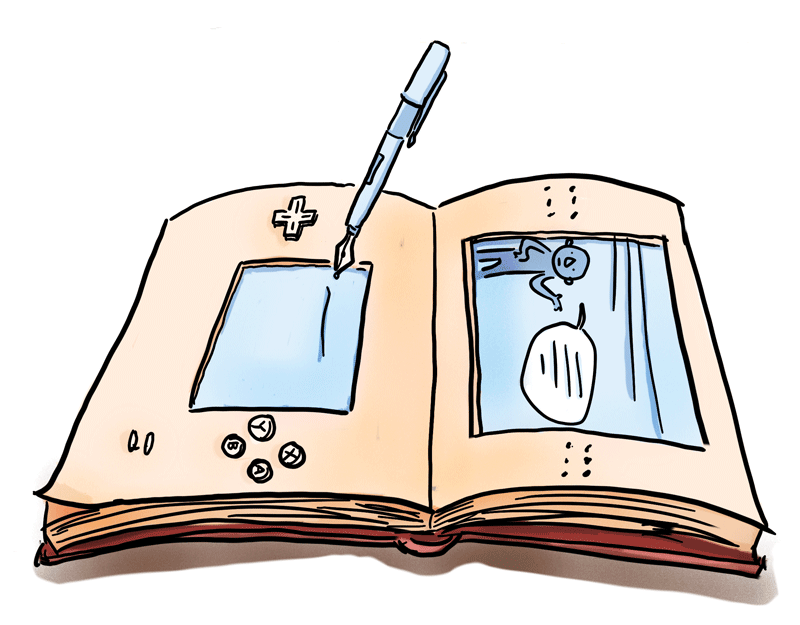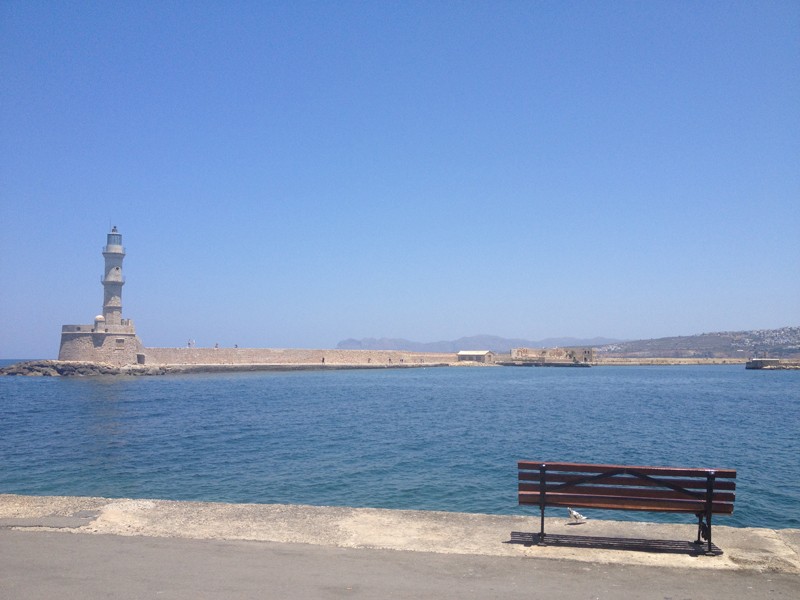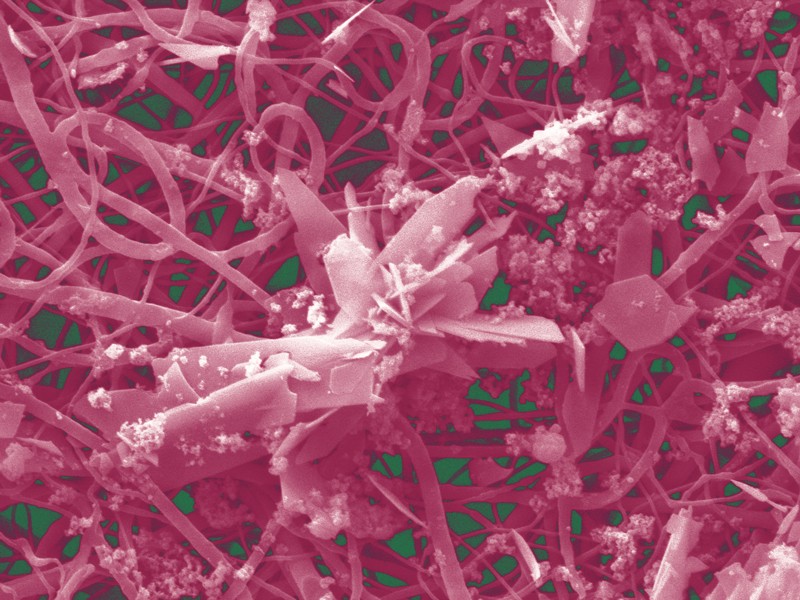A Greener Chemical Pot
John Gabarretta discusses the elegance of chemistry though its reactions.
An Untapped Funding Resource
Dr Vasilis Valdramidis speaks about funding opportunities.Continue reading
Let us fish4tomorrow
All over the world, governments and stakeholders are trying to cope with overfishing. Overfishing is when too much fish is caught which leads to an overall degradation of the marine ecosystem. It is the non-sustainable use of ocean resources. Words by J.D. Farrugia
Continue reading
Lighter and Stronger Planes
Bonnie Attard talks about the aerospace industry and how it can be improved.
Placing Cultural Research on the Map
The Valletta 2018 Foundation recently started a five-year research study to evaluate and monitor the European Capital of Culture (ECoC) project in Malta. The process combines both quantitative and qualitative approaches to collect data that will be communicated to the general public and interested stakeholders. This research will provide feedback to help fine-tune or correct the Foundation’s operations. The process aims to provide a local model for research in culture and the creative sector in order to encourage more cultural research after 2018.Continue reading
Storytelling 2.0 — The art of telling stories in a connected world
The rapid advancement of technology has transformed us into The Jetsons. But the use of these tools to enhance our storytelling makes us seem more like The Flintstones. Writers, creators, producers and academics are still busy developing ways to create richer, more engaging and more profitable transmedia experiences. Dr Jean Pierre Magro speaks to Think on the fascinating and lucrative world of transmedia narratives. Illustrations by Sonya Hallett
Continue reading
Smaller, Faster, and just as pretty
Video streaming uses a lot of bandwidth. Internet service providers can either limit bandwidth or provide more. To bypass this problem newer encoders aim to compact video into smaller packages, to keep the same video quality but a smaller size.
The problem is the variety of video devices available that range from mobiles, tablets, and high definition TVs. This diversity results in various different video transmissions being needed. To avoid encoding the same sequence several times and reduce the traffic over a network, video coding called H.264/Scalable Video Coding (SVC) was introduced. This type of video coding allows a single stream to encode for time, space, and quality. This technology saves bandwidth. SVC is expected to become the standard for Internet streaming. The only thing holding it back is the need for a complex encoder.

Kurt Abela (supervised by Dr Ing. Reuben Farrugia) proposed the use of a Graphics Processing Unit (GPU) based encoder to speed up the encoder. The Block Motion Estimation (BME) module within SVC takes up the bulk of the total encoding time in standard H.264/AVC. Abela designed certain modules to be optimised for NVIDIA GPUs. Through an asynchronous programming model, the video encoder could be run simultaneously on the CPU (Computer Processing Unit) and GPU. By using this novel encoder, encoding was sped up at most 436x times, when compared to a reference model, with no loss in quality. The encoder was sped up even more with further improvements to allow real-time HD video encoding.
This system is much cheaper and easier to use than leading alternatives. GPUs are very cheap and already found in most computers. Further developments on GPUs could soon see them replace more expensive encoders in datacentres.
This research was performed as part of a Masters of Science in Information and Communication Technology at the Faculty of Information and Communication Technology, University of Malta. The research is partially funded by the Strategic Educational Pathways Scholarship Scheme (Malta). The scholarship is part-financed by the European Union—European Social Fund, under Operational Programme II—Cohesion Policy 2007–2013, ‘Empowering People for More Jobs and a Better Quality of Life’.
The Mediterranean: a history to be shared
Professor Mostafa Hassani Idrissi will be one of the keynote speakers at the First Annual International Conference on Cultural Relations in Europe and in the Mediterranean, organised by the Valletta 2018 Foundation with the support of the University of Malta, which will be held at the Valletta Campus on 4th and 5th of September.
Gymnastic Polymers
by Alexander Hili




